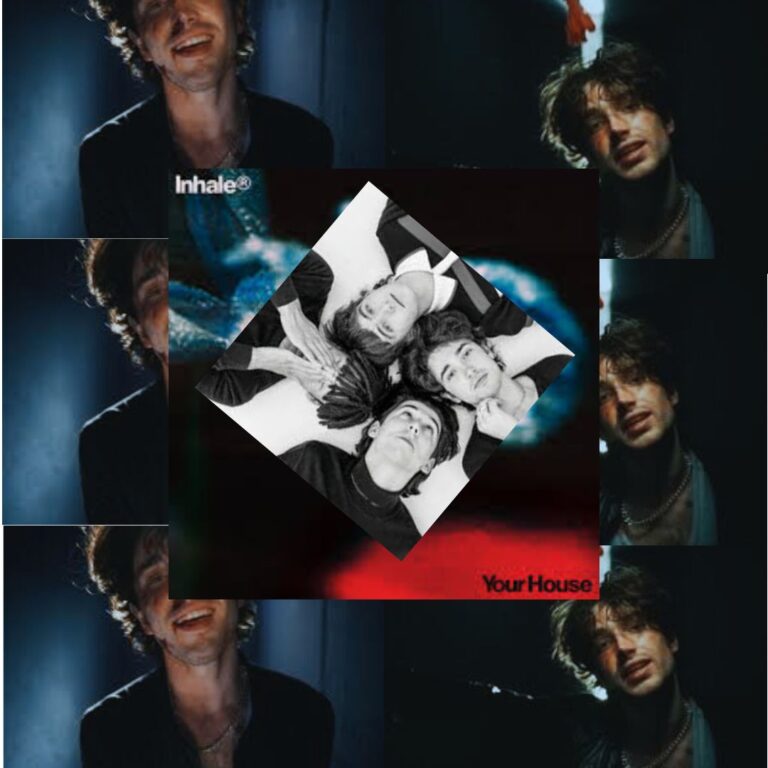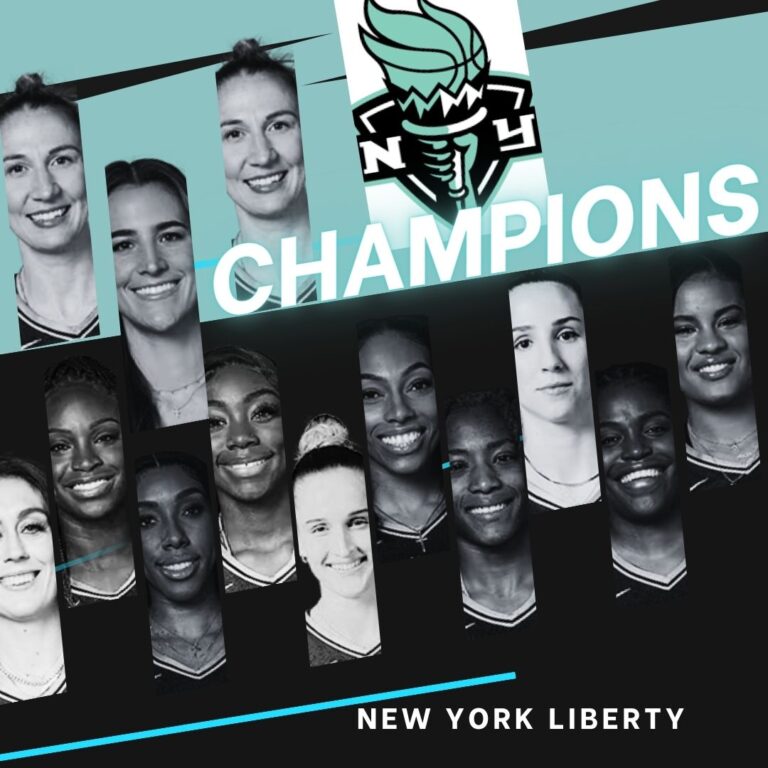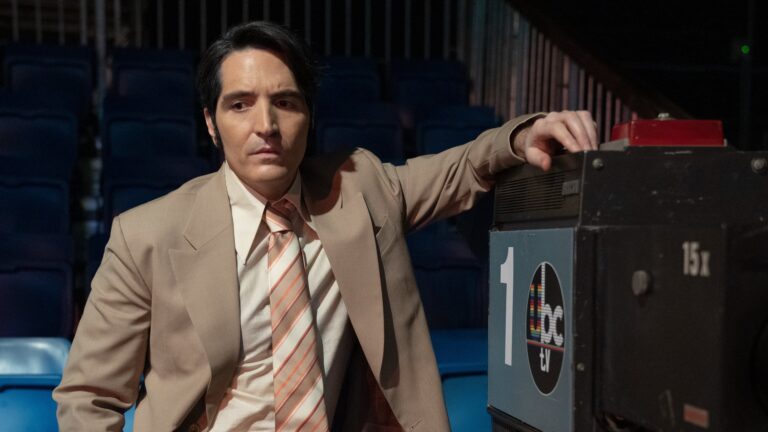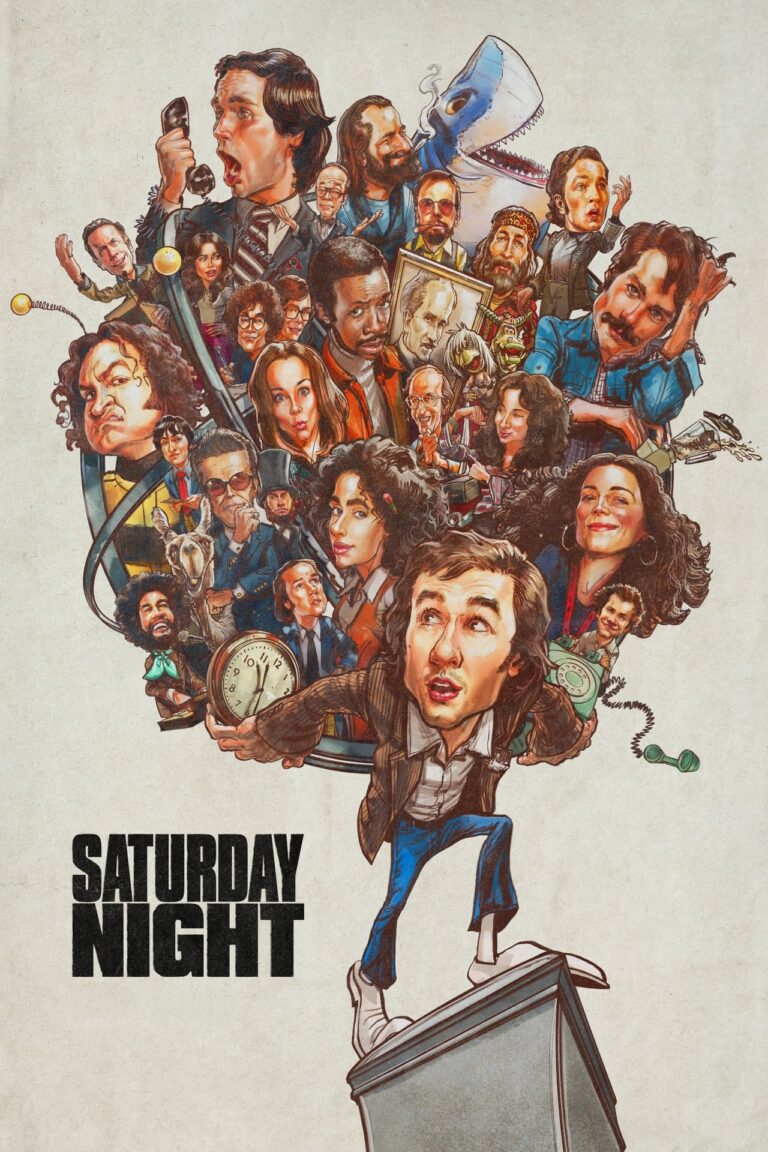Super Mario Party Jamboree isn’t just the best entry the Mario Party series has seen in years — it’s proof that the franchise has regained its vision after nearly two decades of unremarkable releases.
To understand how the long-running series lost its vigour in the first place, we have to look back at its rocky development history.
The first entry in the series, simply titled Mario Party, released for the Nintendo 64 in 1998, developed by the third-party studio Hudson Soft. Like Mario Kart 64 before it, the game placed a focus on multiplayer fun rather than a single-player campaign like the mainline Super Mario games.
The game took a simple yet clever approach to creating a “party” through a virtual medium, playing like a board game where familiar Mario characters traverse various boards in search of Stars, with minigames in between each round to reward skilled players with in-game currency that would help them win. The boards featured in the game were wacky and imaginative, making use of diverse locations to allow unique events to occur on each board. This format allowed Mario Party to take advantage of everything that makes real board games fun while including video game elements that wouldn’t be possible with a real-life board game.
The exciting yet understandable gameplay, which allowed players to aid or backstab each other at any opportunity, was a hit — even if it killed many friendships in the process. The format was so beloved, in fact, that it spawned a cluster of sequels.
Mario Party 2 and 3 would later be released on the Nintendo 64 before the series effectively became an annual release on the GameCube, with Mario Party 4 through 7 released between 2002 and 2005.
What kept the games fresh despite so many entries were the various boards and minigames created specifically for each new entry. You only ever need to play one round of Mario Party to understand the game’s core format, but each entry offers so many dynamic boards and minigames that each one is worth checking out. The series may have been repetitive, but with its inherently competitive nature and innovation with each new entry, it never became stale.
Mario Party 8 would be released on the Wii in 2007 — the eighth mainline entry within a decade — and the future seemed bright for the series. After all, the Wii Remote’s motion controls seemed like prime real estate for new zany minigames, and there was no telling how many new entries might be released for the system in the coming years.
And then… nothing. The series fell into radio silence for years, taking a long hiatus with no mainline or spinoff entries in sight. It was a surprising move for the franchise, especially considering it had been an annual release only a few years prior.
Behind the scenes, Hudson Soft had been having some trouble for some time. Important members of the studio had been exiting the company, including those who had worked there for decades. After becoming a subsidiary of Konami in 2011, the future of the studio was uncertain, and a merger between the two companies ultimately killed Hudson Soft in 2012.
While Hudson Soft’s days were over, the same could not be said for the hugely popular Mario Party franchise. By 2011, many of Hudson Soft’s employees had moved over to Nintendo’s subsidiary Nintendo Cube (then NDcube), so it made complete sense to hand the keys to the franchise over to the revised development team.
Nintendo Cube’s first Mario Party game, Mario Party 9, would be released on the Wii in 2012, being the first new entry in the series in five years. It was an exciting moment — after half a decade on hiatus, the series was ready to make its triumphant return.
It’s just a shame that the series’ ninth entry would lose most of what made the franchise special.
In an apparent attempt to reinvent the wheel, Mario Party 9 made major changes to the core gameplay formula from past entries. Rather than four individual players traversing open boards with various pathways and obstacles, this time each player would be sitting together in a single car, each rolling the dice to advance the car down a linear route.
The boards had various checkpoints containing “Mini Stars” and “Mini Ztars,” and the player whose roll caused the car to pass one of these checkpoints would accumulate the Mini Stars or Mini Ztars waiting for them. The goal of the game was no longer to battle it out to purchase Stars hidden around the board; instead, players simply needed to hope their dice roll would cause the car to pass Mini Stars (and avoid Mini Ztars, which would subtract from a player’s overall Mini Star count).
The game ends when the car reached the route’s endpoint, and the player with the most Mini Stars would win the game.
The main problem with this new formula is that it significantly reduces the amount of strategy that players can implement into their gameplay. In previous entries, players could operate as individual units to intentionally mess with each other, but in this game, the winner often came down to who was lucky enough to roll certain numbers.
The game had the individual factors that were present in previous entries — that is, the boards and the minigames — but it failed to tie them together in a way that made a satisfying competitive experience. Furthermore, the linear boards felt bland and uncreative compared to previous entries, lacking the diverse locations that made those games so special.
Here’s the thing: there’s nothing inherently wrong with attempting to reinvent an old formula or try something new. It’s totally respectable to take creative risks and try taking a new path.
It becomes a problem, though, if that attempt fails but you do the exact same thing a second time.
Indeed, 2015’s Mario Party 10 for the Wii U — the second mainline Mario Party entry developed by Nintendo Cube — doubled down on the mistakes made by its predecessor, featuring the same flawed car mechanic and the return of Mini Stars. The boards were just as bland as the previous entry, only this time, there were five boards rather than seven.
Fans who were hoping for a return to form would be quickly disappointed by the continued gameplay from Mario Party 9 as well as an overall lack of content to justify the price tag. It seemed as though Nintendo Cube had learned nothing from Mario Party 9’s failures. Due to the combination of the poor gameplay and low amount of content, Mario Party 10 is commonly cited by fans as the worst entry in the franchise.
At this point, it seemed as though the hope for a true Mario Party experience was lost. It wasn’t until the reveal of the next title, Super Mario Party, that things would begin to turn around.
Released for the Nintendo Switch in 2018, Super Mario Party is the 11th mainline title in the Mario Party series. The game displayed Nintendo Cube’s willingness to listen to fans’ criticism, finally removing the universally despised car mechanic and returning to gameplay from the series’ earlier entries.
Despite their greatest efforts, however, Nintendo Cube still didn’t seem to get it right.
Super Mario Party’s boards might have followed the gameplay formula of earlier entries, but they were small and limited in comparison. They didn’t offer much flexibility in the routes players could take, and their locations weren’t particularly creative.
Worst of all, the game featured merely four boards, the lowest count in series history. Most games in the franchise featured six boards, so it was already shocking when Mario Party 10 only had five. Four boards was a new low, and made Super Mario Party feel very light on content.
While fans seem to appreciate the conceptual return to form, most were displeased by the overall lack of content and dynamic gameplay in Super Mario Party. If this was intended to be a “return to form” for the franchise, it illustrated a scary possibility: perhaps Nintendo Cube simply didn’t know what made the old entries so special.
It seems that Nintendo Cube had the same concern, because their next major game opted to remake boards from the first three Mario Party games rather than do anything original. The collection of remade boards and minigames, called Mario Party Superstars, was Nintendo Cube’s chance to prove that they could understand how to make a good Mario Party entry — and they succeeded with flying colours.
Mario Party Superstars launched on Nintendo Switch in 2021, and it’s quite clear that this was Nintendo Cube’s attempt to learn what made the old entries so special. They remade five boards from the first three games, and did so faithfully to the classic titles, restoring the competitive magic from decades earlier.
Finally, for the first time in over a decade, we got a Mario Party that was satisfying to play and felt truly special. Nintendo Cube clearly did their research, creating a game that lived up to the legacy set by the franchise’s oldest games. It may have been a remake, but it didn’t seem like anyone was complaining.
When Super Mario Party Jamboree was revealed for Nintendo Switch earlier this year, it was a critical moment for the franchise and its fanbase. This would be Nintendo Cube’s first attempt at creating an original Mario Party game in six years, and this was their chance to prove whether they’d learned anything from Superstars. Fans could only wait anxiously and wonder whether the development team would take their knowledge from the remake and use it to create a truly special original title.
I’m thrilled to say that they absolutely did it.
Super Mario Party Jamboree is every bit as enjoyable as old Mario Party games, feeling like the return to form that Nintendo Cube promised six years earlier. The game leans into its competitive roots, creating new opportunities for players to mess with each other and create strategies that will allow them to end up on top.
The seven boards featured in Jamboree — finally, a suitable number! — are each creative and interesting. Two of them are remade boards from old games, but five of them are brand new. One original board in particular, Rainbow Galleria, was an absolute blast to play with a friend as we continually backstabbed each other into the wee hours of the night. The game contains a selection of incredibly fun minigames that live up to the entries of old.
Nintendo Cube has proven that they have what it takes to make a stellar Mario Party, and the future of the franchise has never looked brighter. For the first time in nearly two decades, it looks like the series has a clear vision and it will be incredibly exciting to see where it goes from here.
Super Mario Party Jamboree is more than a return to form for a beloved franchise. It tells the story of a company willing to listen to criticism, learn from their successes and failures, and deliver an experience that will leave players partying for years to come.








































